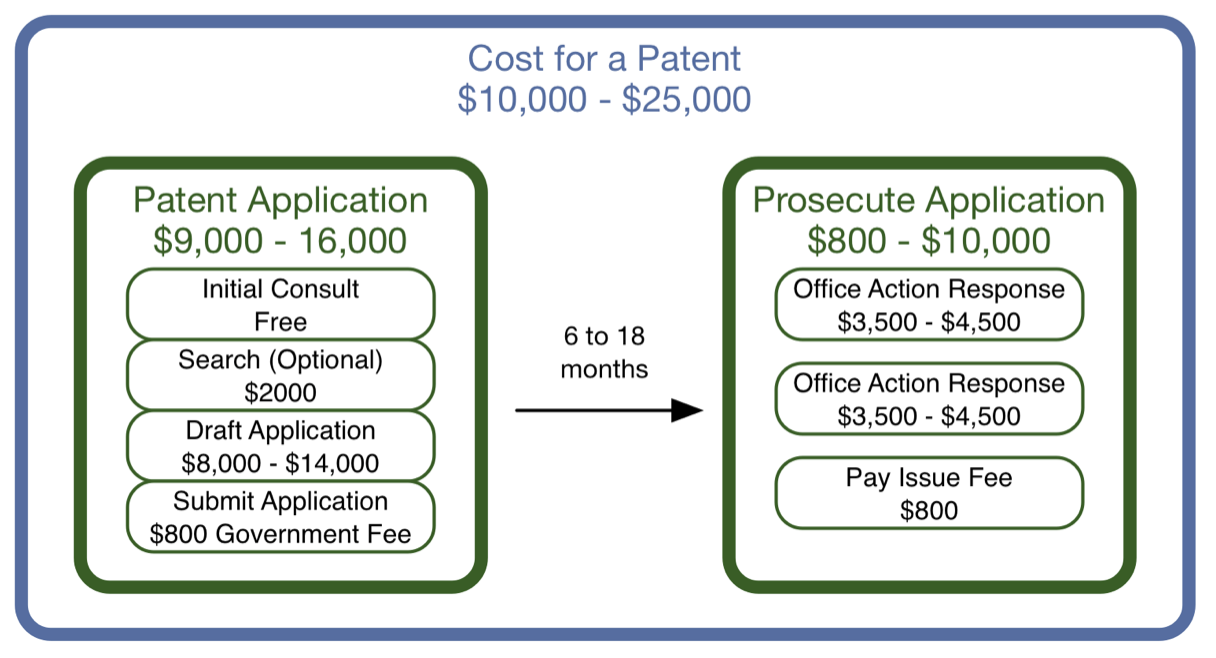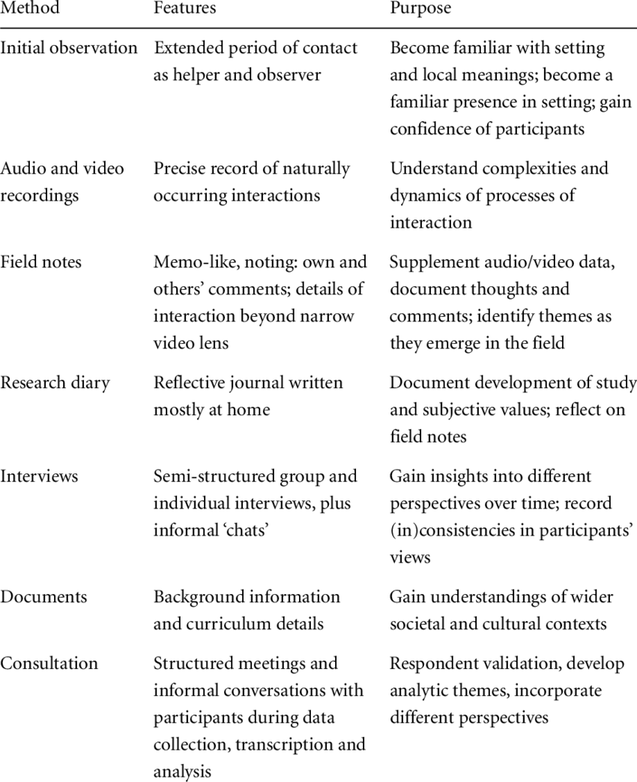|
“A good hockey player plays where the puck is. A great hockey player plays where the puck is going to be.” ~Wayne Gretkzy My partner played soccer (football) his whole life up until he was in his 40s. He also coached his kids in soccer for many years. He’s European. My partner paraphrased the Wayne Gretzky quote for soccer and continually pressed it on the kids he coached, including his own kids: “Don’t pass the ball to where your teammate is. Pass it to where they’re going to be.” This concept is, of course, made more difficult because any sports game is fluid. You don’t really know where someone is going to be located at a certain point in time. It’s a game. Everyone is running around. And it depends on where the other team’s defenders are, too. Here are the takeaways from this wise analogy:
Because the great Wayne Gretzky also said: “You miss 100% of the shots you don’t take.”
Ah, sports is always such a great metaphor for business and life in general. This is what you must do when planning to create and make a product or launch a service. You don’t make a product based on where everyone is right now. You make a product for where they’re going to be. Same goes for a service if that’s what you are going to offer. Don’t develop an idea or service or educational course for where the world is, where your potential client is. Develop it for where they should be. Look at your competition and create something that is different and better than what is already out there. Observe where the empty spots are. You also plan a release strategy based on where you think the market will be a year, or even a few years, from now. There’s a certain predictive, even futuristic element to this theory. How does one know what is going to happen in the future? Well, we don’t. But we can make educated guesses based on research and brainstorming with our team. I write about this more in a past post: The Wisdom of Your Crowd. Thanks for reading! And feel free to reach out with any questions.
0 Comments
It could save your company. |
Stories and snippets of wisdom from Cynthia Wylie and Dennis Kamoen. Your comments are appreciated.
Archives
June 2024
Categories |


















